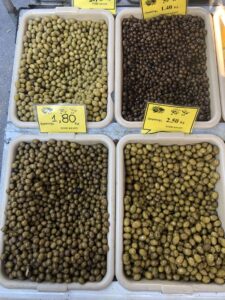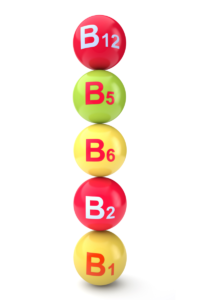OLIVES – MAGIC OF GREEK TASTES
The key ingredient of Greek cuisine are olives, which can exist in dishes in many forms. If you want to find out how the process of making olive oil looks like, we invite you to continue your journey on our blog.
History of olives
The art of growing olive trees in the eastern side of the Mediterranean made progress in the years 5000 – 1400 BC. It spread to the regions from Kreta to Syria, Palestine and Israel.
Facts about olives:

- Greece was the biggest producer of olives, because as a result of conquests the Greek people made olive
plantations on conquered soil. - An olive tree was given as a present for Athena on Acropolis.
- In the Bible a twig of an olive tree brought to Noe by sinagorlics was a sign, that water after the flood receded.
- They were the symbol of wellbeing and peace.
- Only 10% of olives is consumed directly and 90% is intended for making olive oil, production of which includes 1,742 million liters.
- In ancient Greece the penalty for cutting down an olive tree was exile or even death
- To this day in Greek families when a boy is born, the father is required to plant two olive trees and when a girl is born one olive tree.
Pressing of olive oil
It’s a simple process, but olive oil manufacturers must go into extraction as well as pressing with great care, because olives are a very delicate fruit. Nowadays the process is completely automated and must be done in low temperatures (below 27°C) and without access to oxygen, thanks to which you get olive oil of higher quality.
Steps of the pressing process:
- Cleaning and removing leaves
- Centrifugation in a centrifuge in order to separate water and pomace
- Grinding
- Mixing in order to separate olive paste from olive oil
- Separation of olive oil with juices and water from pomace
- Separation from water and pouring to a container
The result of the process which takes less than an hour we get the finished product.
Olives – vitamins, fibers and good fat

Olives, despite being a rich source of fatty acids, are a low-calorie product. 25g, or 10 olives is merely 37 kcal. In this portion we get a full package of nutrients, mainly including oleic acid, which lowers the activity of a gene responsible for breast cancer and protects the heart and organs, lowering the risk of circulation diseases. What’s more, olives are rich in vitamin B groups which are important for good skin condition, nervous system and metabolism, as well as other vitamins such as provitamin A, vitamins C and E – all of which help protect the body from harmful outside factors. Olives also contain valuable minerals: phosphor, potassium, iron, copper and a lot of fiber. Most of the time we don’t notice it, but the olives we eat are pickled – which gives them many advantages of pickled products – improving the immune system, helping the bacterial flora of the digestive system and, as it was recently discovered, antidepressant capabilities.
Other uses for olives:
- A mouth mask with honey
- Cleaning makeup brushes
- Tattoo care
- Removing chewing gum
- Removing paint

